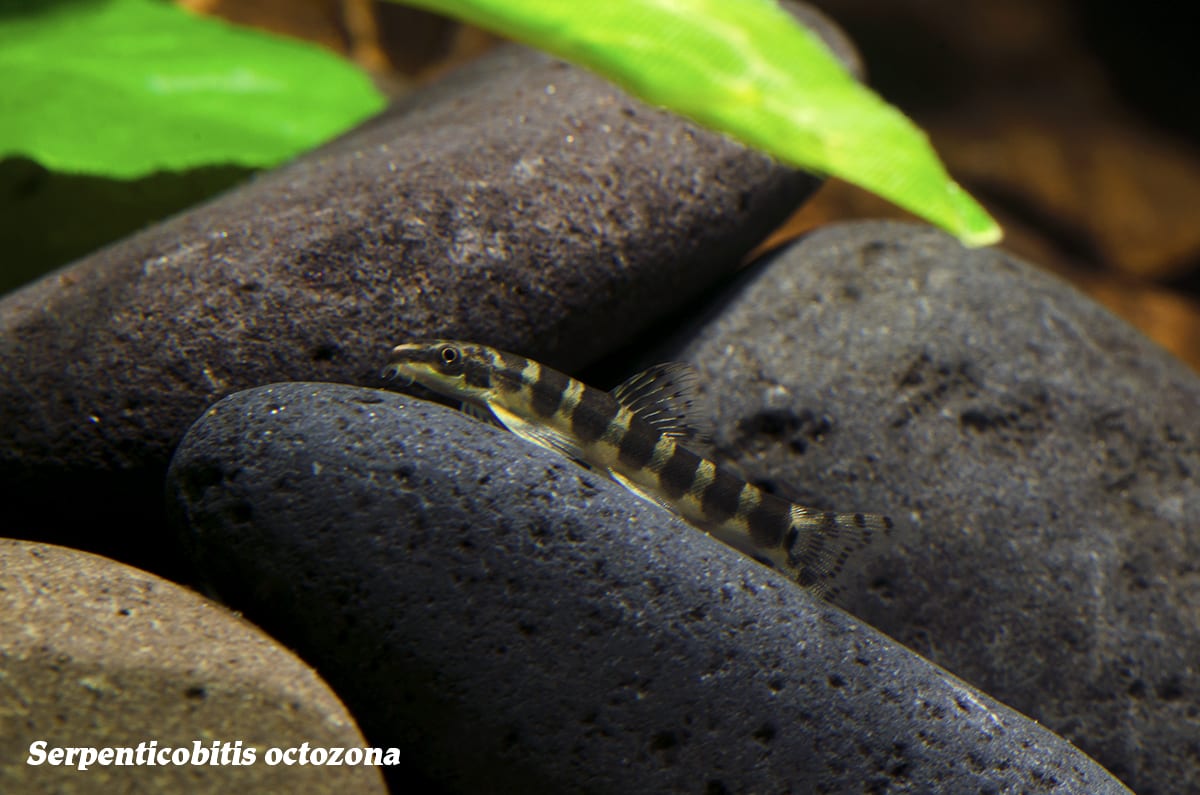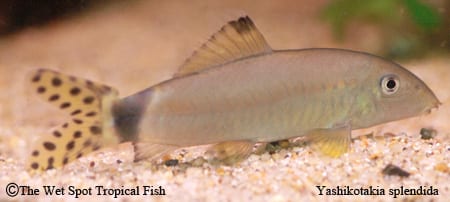Dam(n)ing the Mekong
Dam(n)ing the Mekong
The longest river in the southeast Asia, the Mekong, is a major source of welfare for the people of Southeast Asia. In Laos alone 75% of 7 million citizens rely on the river for subsistence, agriculture, fish consumption, and drinking water. Human needs notwithstanding–the river is home to approximately 850 fish species, many of which must traverse its great length as part of their reproductive strategy. Unfortunately for all of these dependents, hydroelectric damming is proceeding in this region despite pushback from Environmental harbingers like the WWF. They report the construction of the Xayaburi dam in Laos will negatively impact much of the biodiversity of the river, and will likely drive the Mekong Giant Catfish to extinction. Yet, construction on this massive dam began in 2012 and is projected to be completed by 2020.
Of course, as empathetic human beings, we advocate supporting conservation efforts in this region; but what does all of this mean for the aquarium trade? As a purely selfish standpoint: less access to the cool, wild species. Since the opportunity may soon become rarer than it already is, The Wet Spot recently leapt at an opportunity to receive some exquisite and wild Laotian loaches: Ambastaia nigrolineata, Serpenticobitis octozona, and Yasuhikotakia splendida.
Scientific NameAmbastaia nigrolineata
Common NameBlack Line Loach
Temperature / pH68 to 77°F / 6.5 to 7.5 pH
Native LocationMekong River
Preferred DietOmnivorous
Ambastaia nigrolineata is currently found in the Mekong river of Northern Laos. The loaches prefer small creeks with moderate current and sandy bottoms. Scientists think this species inhabits main river channels for annual migrations, now prohibited by damming, and is the likely cause of their diminishing populations. In captivity they require sand or smooth gravel substrate, water-worn rocks, driftwood, or any furnishing to provide dark refuge, low light, and any low-light tolerant plants like Anubias sp. Commonly known as “Black Line Loaches”, they reaching 3 inches and are long with pointed heads, silver bodies, and black horizontal striping down their entire length. Generally peaceful and quite mild in temperament, they are a great addition to Southeast Asian community tanks, but they should be kept in conspecific groups of 5 or more. Generalist omnivores by nature, they feed chiefly on small invertebrates, though they will consume soft-leaved vegetal matter. Their diets should be well-rounded; consisting of frequent live and frozen meals supplemented by high-quality sinking pellets and some vegetal matter. Tank waters should be kept with temperatures between 68 and 77°F, pH of 6.5 to 7.5, and hardness around 90 to 268 ppm.
Scientific NameSerpenticobitis octozona
Common NameSerpent Loach
Temperature / pH74 to 79°F / 6.0 to 7.0 pH
Native LocationMekong River
Preferred DietOmnivorous
Found in the lower Mekong of Southern Laos, S. octozona is restricted to shallow, fast-flowing, and well-oxygenated headwaters. Well-adjusted to the hustle and bustle, this species is able to cling onto vertical and overhanging surfaces with strong pectoral fins. Known as the “Serpent Loach”, they reach a slight 2 inches and exhibit extended fins, dark bodies, and tan banding. These loaches do best in river biotope tanks with sandy or gravel substrate, scattered, water-worn rocks, and external filters or powerheads for filtration and current. Keep an eye out as these loaches are intolerant to accumulation of waste, needing 30% weekly water changes. Serpent loaches are peaceful and they can be kept alongside other river fish, like danios or rasboras. This species is gregarious and shows interesting social dynamics; forming hierarchies when kept in groups of 5 or more. Omnivorous in the wild, and unfussy in captivity, they exhibit best personality and coloration when fed mostly live and frozen offerings like bloodworm and brine. S. octozona will happily consume high-quality sinking pellets, and should sometimes be fed vegetal matter. These loaches do best in waters with temperatures of 74 to 79°F, pH around 6.0 to 7.0, and hardness between 36 and 179 ppm.
Scientific NameYashikotakia spendida
Common NameSplendid Loach
Temperature / pH70 to 82°F / 6.0 to 7.5 pH
Native LocationMekong River
Preferred DietOmnivorous
Another headwater dweller, Y. splendida is found in Mekong tributary systems. With an affinity for fast-flow, they should be maintained in river biotope tanks with well-oxygenated and pristine waters. Truly a “Splendid Loach”, these Southern Laotians reach about 4 inches and have pointed, downward-sloped mouths with light bristles, tan coloration, and a black bar at the base of their yellow-black polka-dotted caudal fin. Generally peaceful, but slightly nippy, they can be kept with small, schooling, and fast-moving species, with slow-moving and long-finned species kept out. Forming territories in their bottom-of-the-tank domain, they should not be kept alongside other bottom dwellers unless there is enough space and well-defined areas made from rocks, driftwood and other furnishings. With complex social systems, we recommend they be kept in groups of 5 or more conspecifics. In the wild their diets are small invertebrates found in the substrate, but they can also be fed small, live and frozen foods, high-quality sinking pellets, and some vegetal matter. Tank waters are best maintained with temperatures around 70 to 82°F, pH between 6.0 and 7.5, and hardness of 18 to 215 ppm.
Come what Mekong, the species this river currently provides habitat for are worth a second glance and advocacy on keeping them around in the wild. In any case, we’re just glad to get these charismatic loaches in when we can, and are thrilled to share them with fish-lovers like you.


